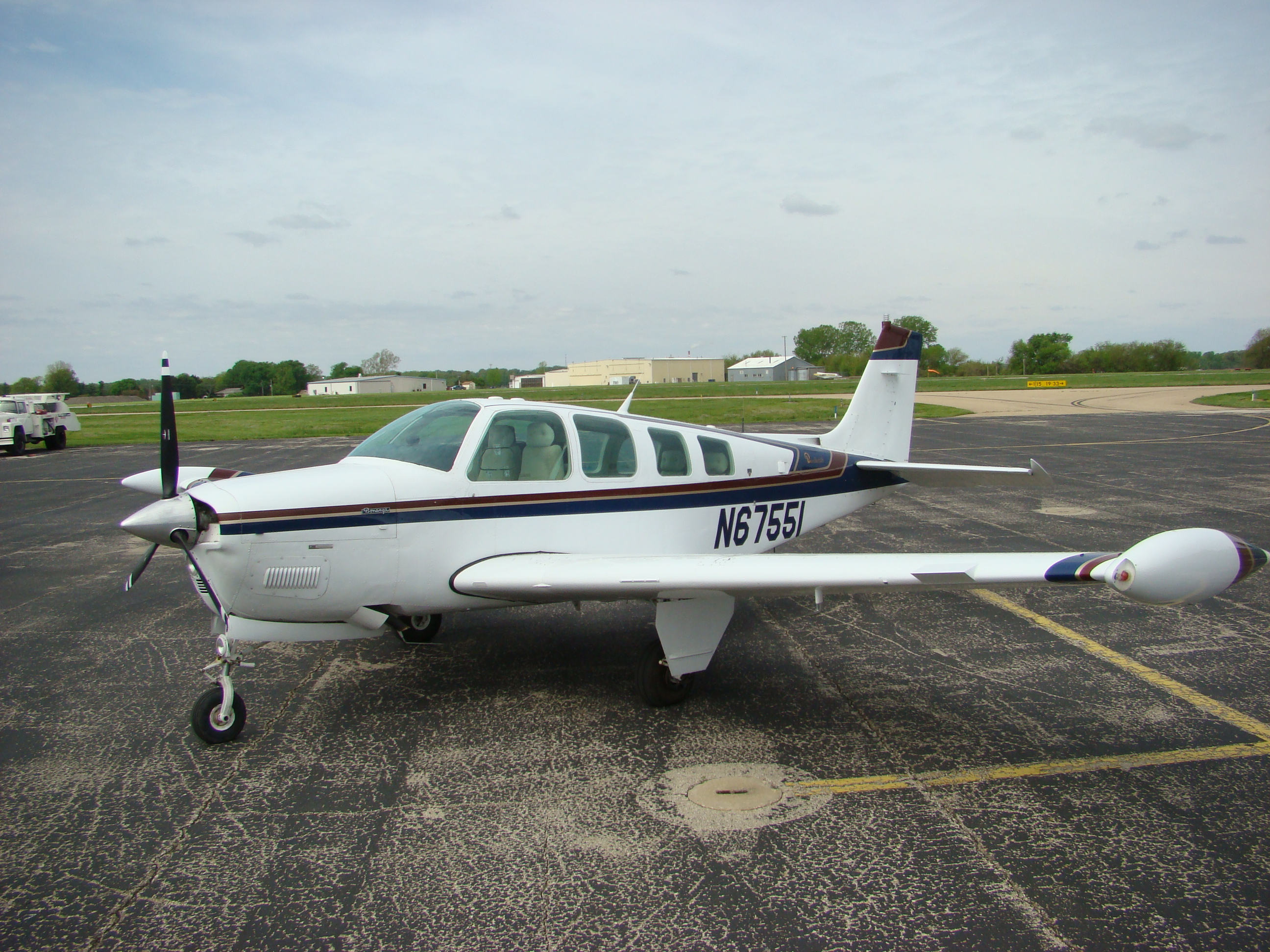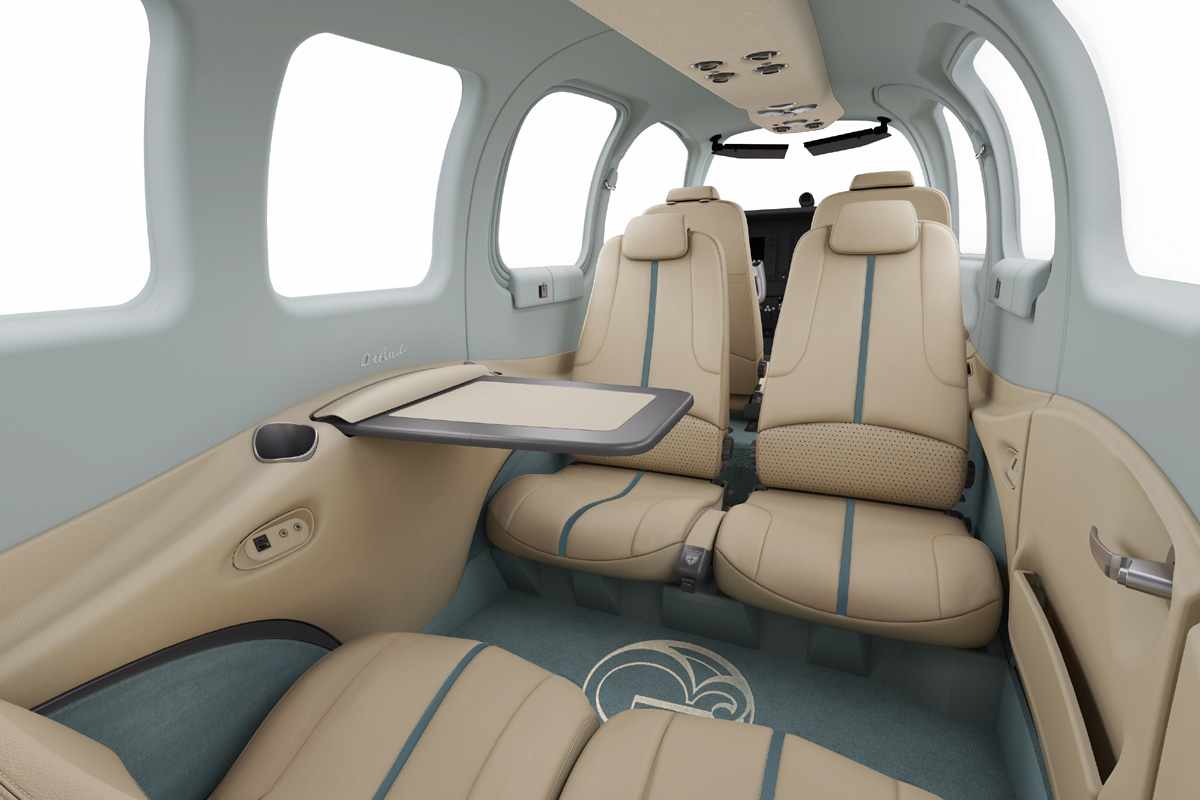

and land and get off the runaway before the C172 behind you that will take up 3,500'.
#A36 bonanza performance data full#
I perform and teach a GUMPS check once descent rate is established and needles are pinned, one more GUMPS 200' before MAP, and once MAP is reached and landing is assured full flaps and slow to 80 KIAS. This results in a 450 FPM descent rate at 90 KIAS with no power change required. I use 100 KIAS (IIRC, that's 19" MAP - prop is full forward by now) to within 1-2 miles of FAF in an A36, slow to 90 (17" or so), then drop the gear and flaps to Approach. That said - I think the official BPPP and Eckalbar's numbers are too fast. While not everything should be taken as gospel, it is a good starting point.Īlso, see if you can borrow a copy of the Beech Pilots Proficency Program syllabus. Thanks for the help in advance!Ĭlick to expand.I'd recommend a look at Eckalbar's book.

I wanted a challenge as an instructor and I certainly got it. Up until now, he's been using what I'd have to call "The Shotgun Brief." It's not working too well. All this follows his getting into a systematic approach brief. But, I'd prefer he first be able to fly the needles coming from the GPS rather than watching the map. I figure once we get the "old style" nailed down, then we can use the new-fangled gear where he can stare at a moving map, if necessary. That would be the ILS 9.9 times out of ten. He wants to improve approaches but adapt more to what would be expected of him for frequent flights into Austin. I turned off the moving map and it went down hill from there.
#A36 bonanza performance data how to#
I've got a guy who was very lost on how to handle an approach without a GPS. Once I get him more on top of power control, then maybe we can tweak the approaches. I'm not sure how much time is on the engine but I can't imagine making it to TBO. I'd really like to see him change his overall operation. Perhaps a scan of performance page for 2000-4000? Also, I need to know the Vfe and Vle numbers if not more detail from Section Two. I'd appreciate if anyone can provide me with recommended power settings for a nominal cruise in an approach environment to include vectors, entering for a full approach, PT and inbound on final course. We were pushing Vno and above in cruise and during vectors. His power settings are practically slammed to the wall. Beginning in 2005, the six-seat Beech came to market with an all-glass panel.I'm helping a guy "tweak" his approaches in his A36.

Of all the Bonanza models, only the normally aspirated A36 remains. The B36TC’s production run ended in 2001. The final year of production for turbocharged Bonanzas was 2001. Service ceiling for the A36TC and B36TC remained at 25,000 feet. The new design mated the longer Baron wing to the Model 36 fuselage, and fuel capacity was increased from 74 gallons to 102 gallons. In 1982, Beechcraft replaced the A36TC with the B36TC. A shortened three-blade propeller reduces tip speed, increases ground clearance, and reduces noise. The A36TC has a gross weight of 3,650 pounds, which is 50 pounds more than the standard A36. Power is supplied by a 300 hp Continental engine, which conforms to the minimum horsepower concept introduced on the Baron 58P and 58TC in 1977. The aircraft is certified to a maximum operational altitude of 25,000 feet and has approximately the same takeoff distance as the A36. Beech added a turbocharged version of its Bonanza A36 in mid-1979. The A36 accounted for 50% of the total Bonanza production in 1977, and that percentage increased in 1978. In 1977, for the first time, the A36 was offered with factory-installed electric trim, formerly available only on aircraft equipped with an autopilot. With a longer cabin and wide double doors, the Bonanza A36 offers greater utility and convenience without sacrificing performance and economy. In 1975, the A36 outsold all other Bonanza models for the first time. Six seats were available, and with club-seating arrangements and a foldout table, it became a flying office. The A36 was developed by lengthening the fuselage of the Model 33 and using the same durable wing, landing gear and Continental engine of the Bonanza family. It remains the only retractable in the single-engine, six-seat utility class. The biggest single-engine Bonanza, the Model 36, was introduced in 1968 to compete with Piper’s Cherokee Six and the 200-series haulers from Cessna. Range: 774 nm Takeoff distance, 50 ft.: 2,012 ft. PERFORMANCE: Top speed: 246 mph Cruise speed: 223 mph Stall: 66 mph Initial climb rate: 1,165 fpm Ceiling: 25,000 ft. STANDARD DATA: (A36TC) Seats: 6 Gross weight: 3,650 lbs. Range: 802 nm Takeoff distance, 50 ft.: 2,040 ft. PERFORMANCE: Top speed: 206 mph Cruise speed: 193 mph Stall: 60 mph Initial climb rate: 1,030 fpm Ceiling: 16,600 ft. STANDARD DATA: (A36) Seats: 6 Gross weight: 3,600 lbs.


 0 kommentar(er)
0 kommentar(er)
